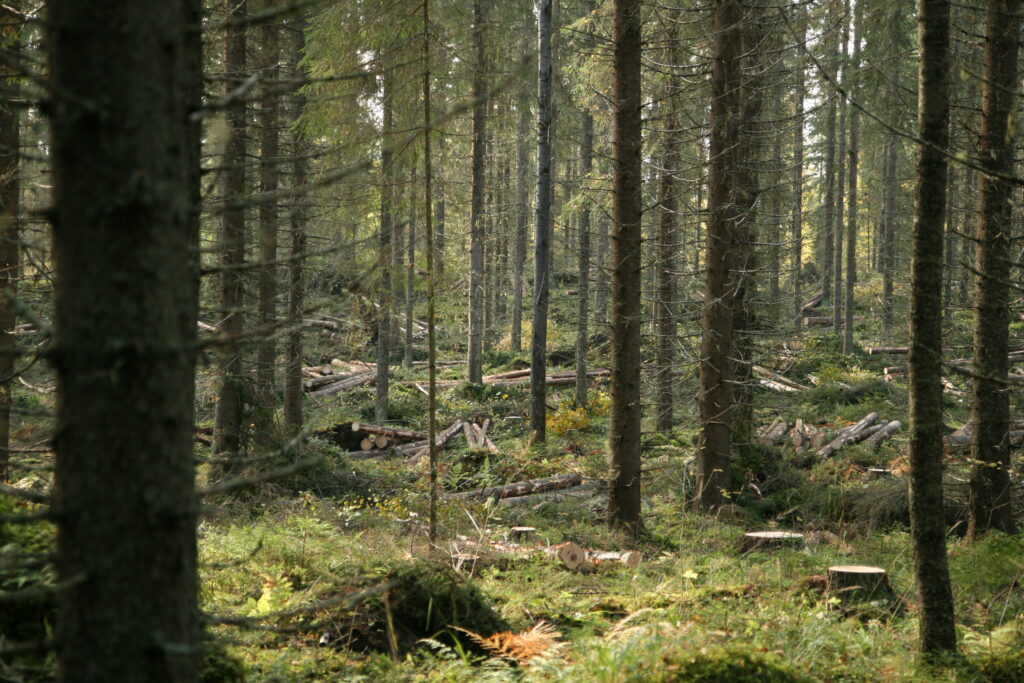More than four out of five Finnish trees are the result of natural regeneration

The results of the 11th National Forest Inventory are now at hand. This was the first time that the Natural Resources Institute Finland also estimated the share of naturally regenerated trees in Finnish productive and poorly productive forests.
The figure is remarkably high, even bearing in mind that the share of cultivation – that is, sowing or planting – in establishing new forest stands is 41 percent.
The other 59 percent of the new stands have been established by natural regeneration, that is, leaving seed-bearing trees in connection with regeneration felling with the purpose of seeding the new stand.
When the share of naturally regenerated trees is calculated according to the total volume of trees on productive and poorly productive forest lands, the inventory shows that 84 percent are natural and 16 percent cultivated. The remaining 0.6 percent could not be classified definitely.
Calculated according to the number of trunks, the share of naturally regenerated trees was even larger: 91 percent.
The field work for the inventory was carried out in 2009–13. It shows that the annual increment of Finnish forests can be established at 105.5 million cubic metres. The next, or 12th, inventory has already been started, and it shows that at the moment the increment is some 110 million.
The preliminary results of the 12th inventory also show that the amount of decayed wood, which is important for forest biodiversity, continues to increase in southern Finland, but is decreasing in the north – where the amount is 8 cubic metres per hectare, as against 3.8 in the south.
Natural Resources Institute Finland
Kirjoita kommentti